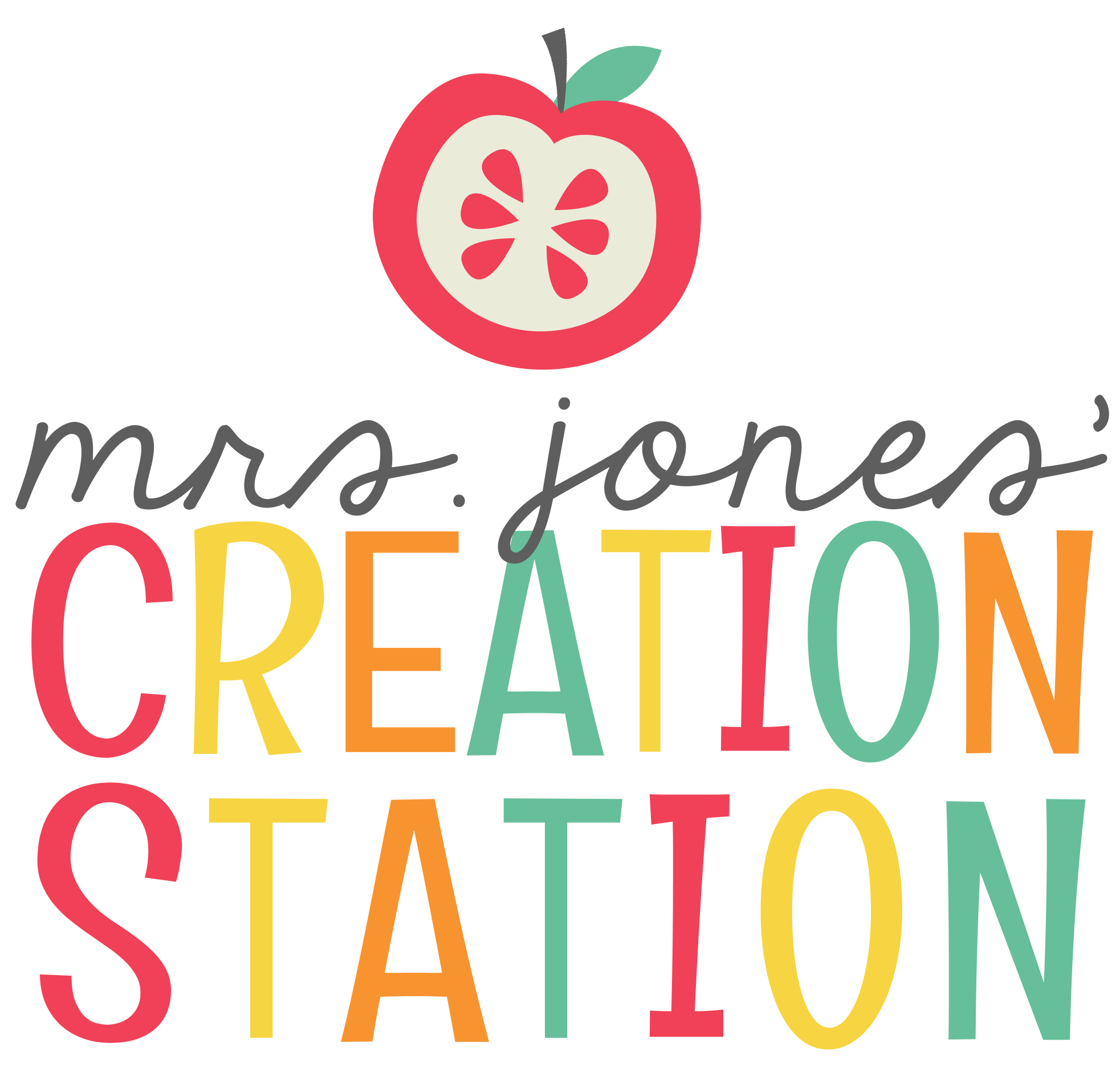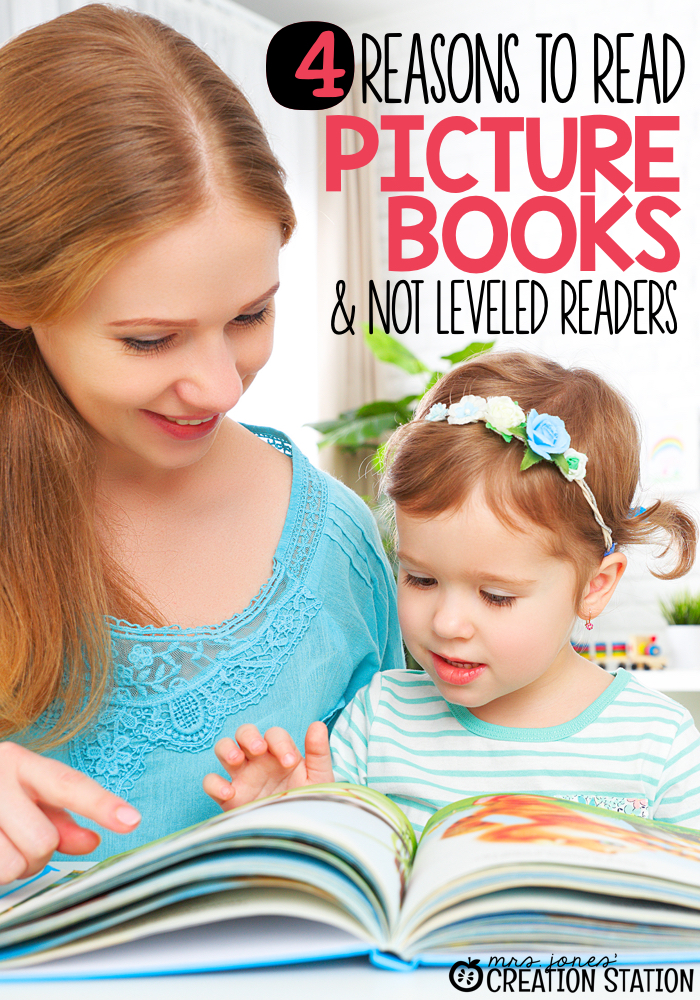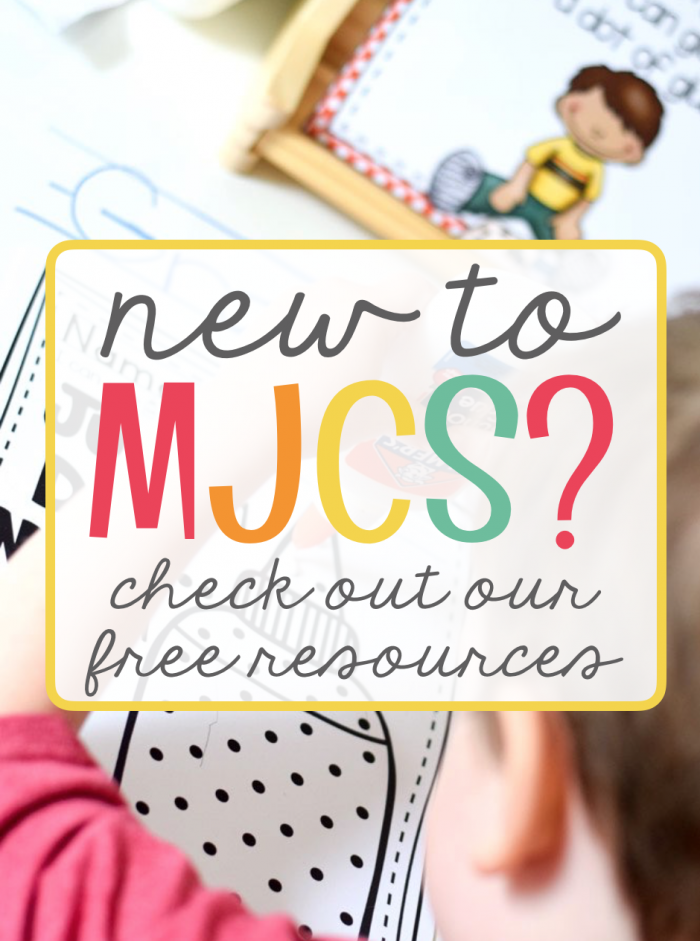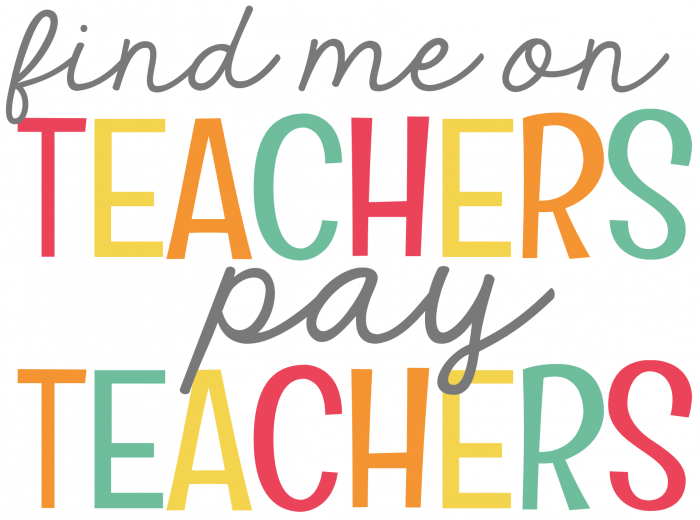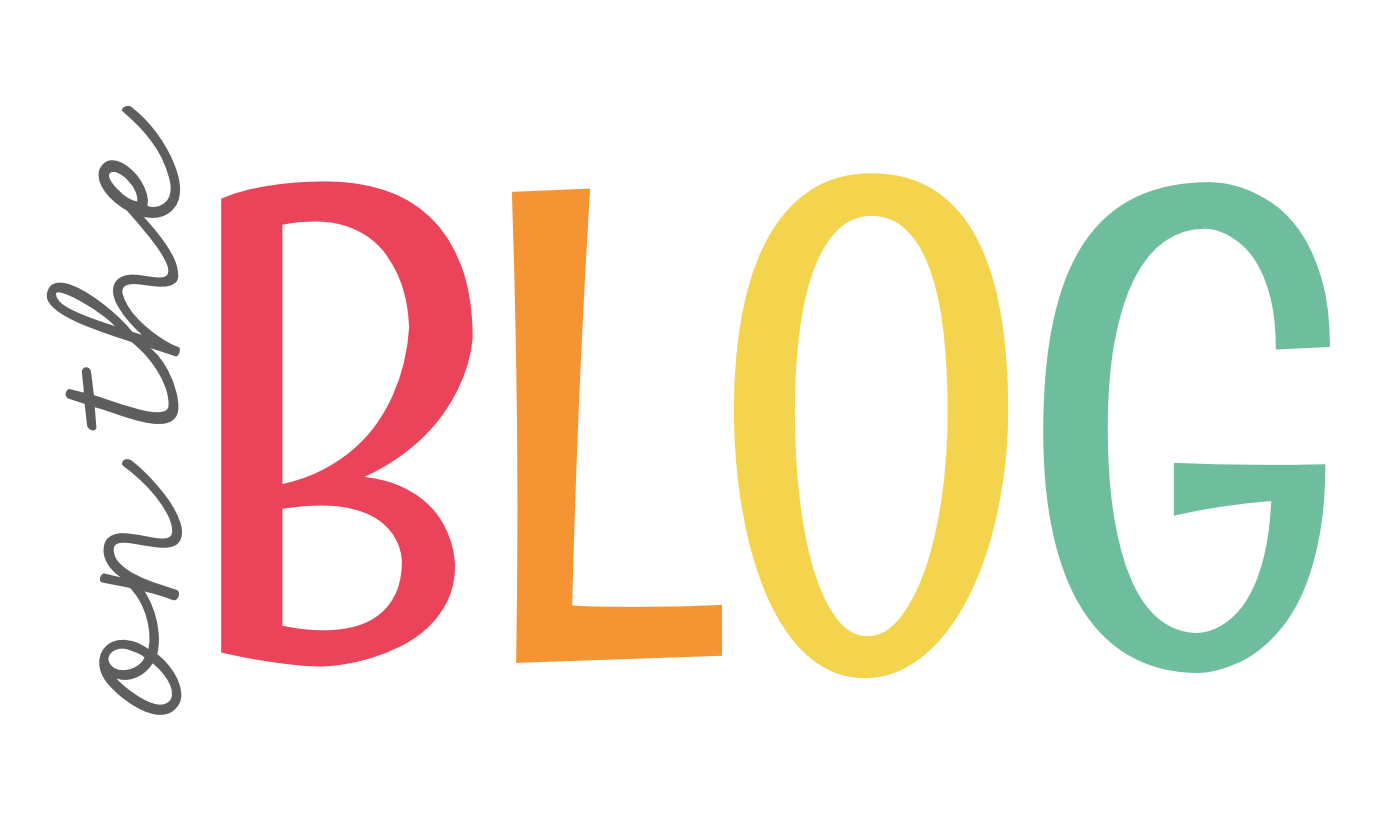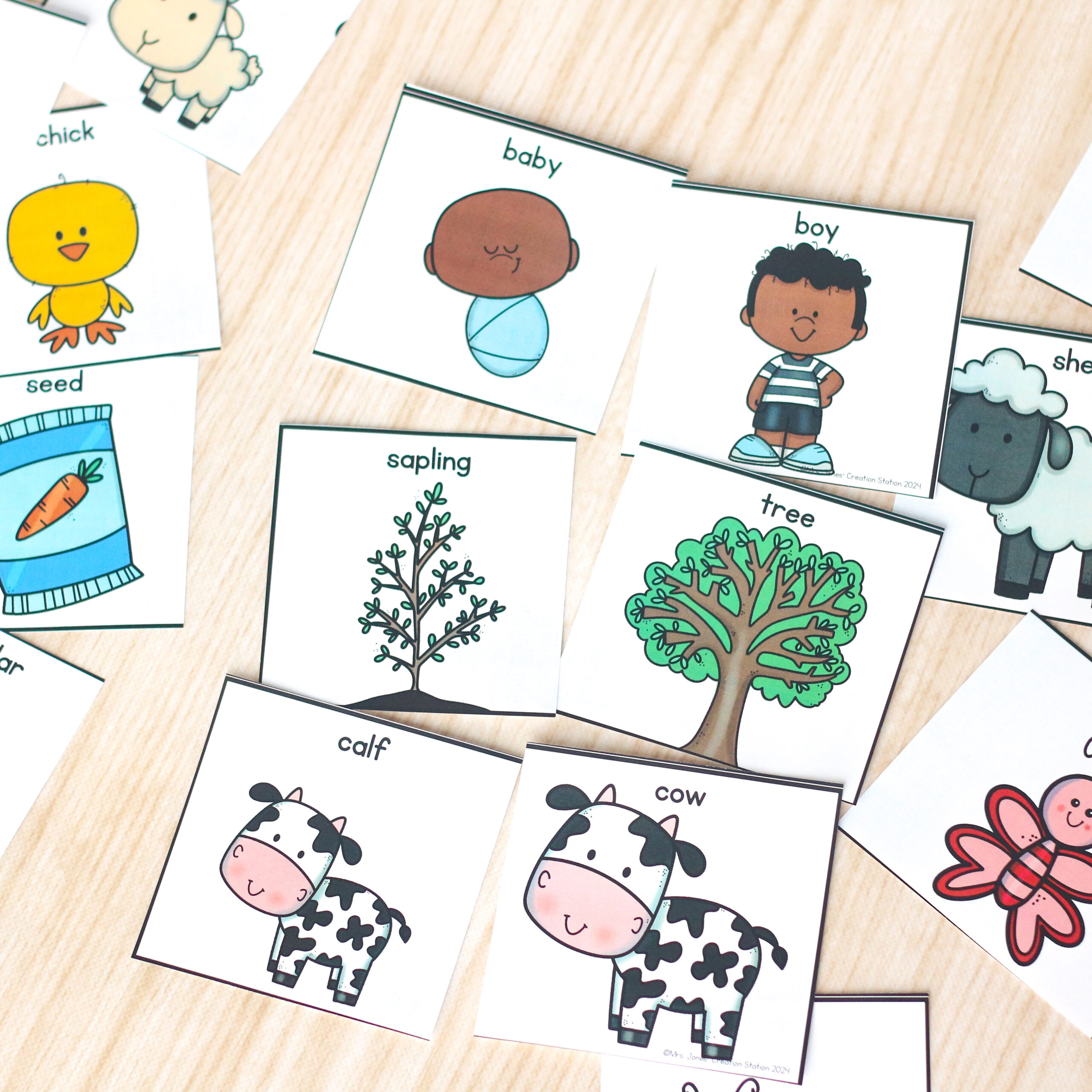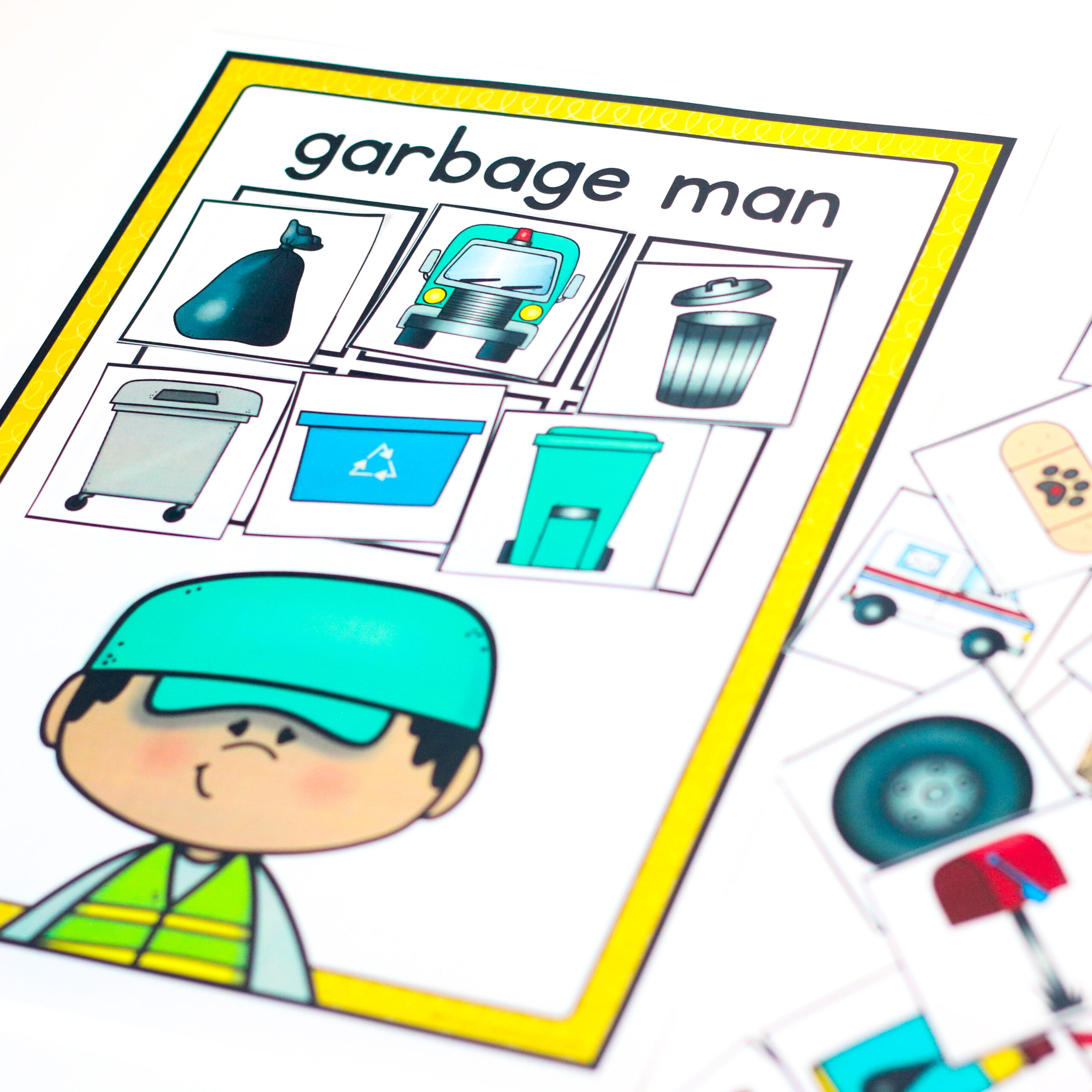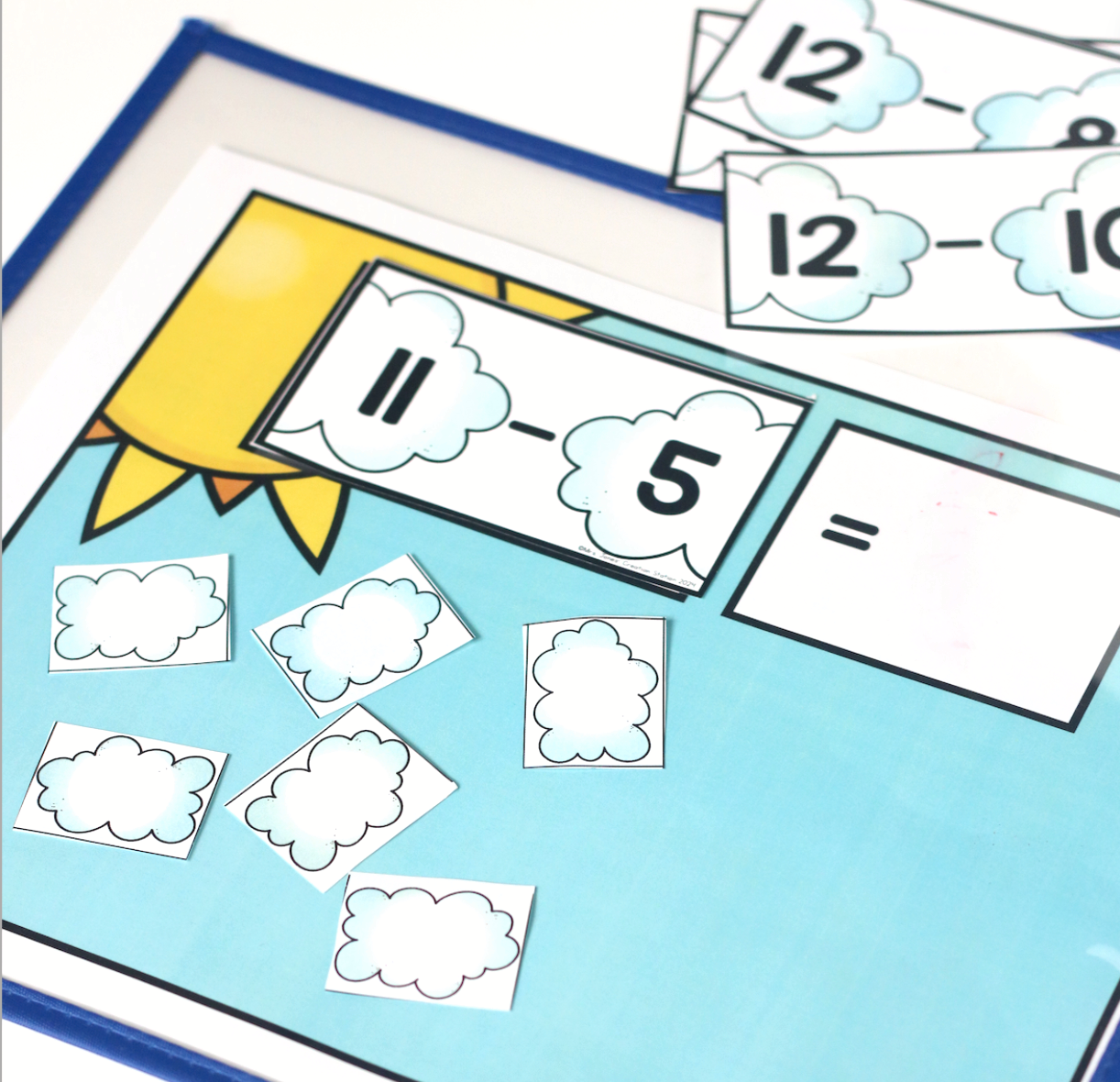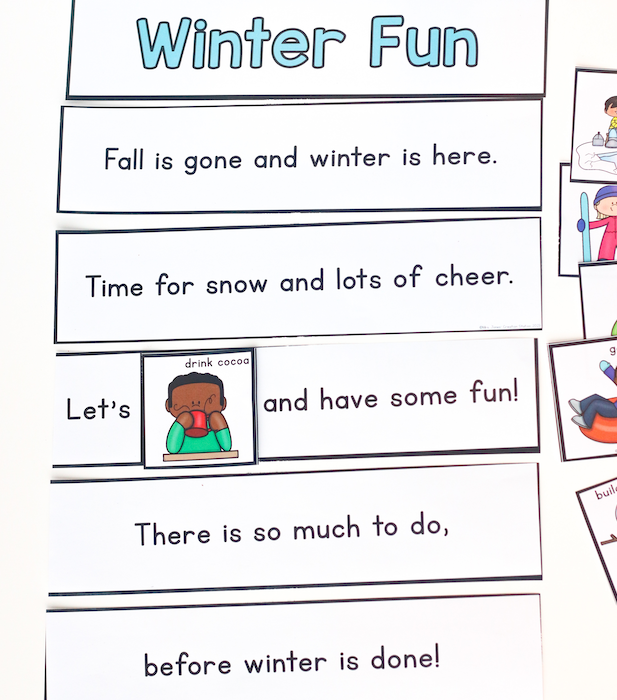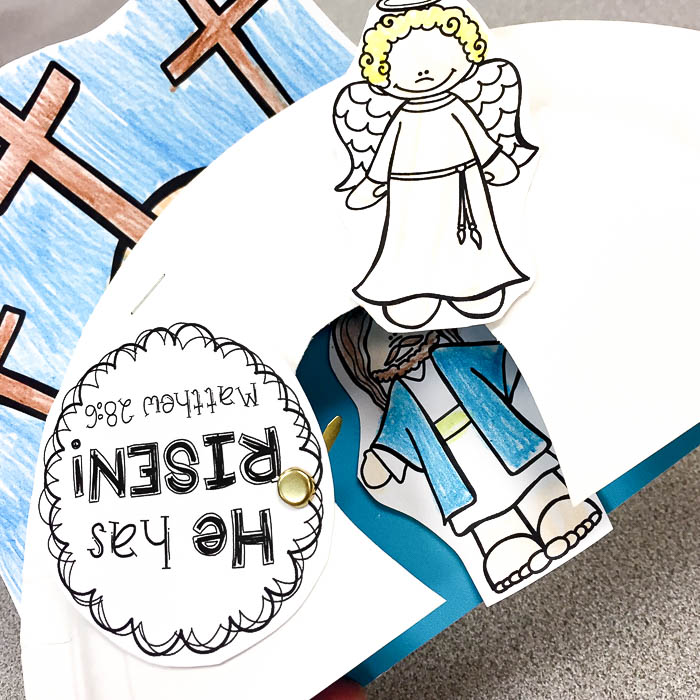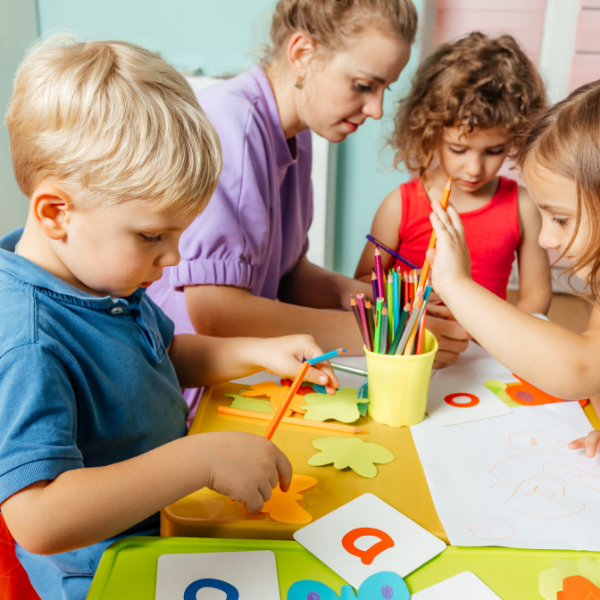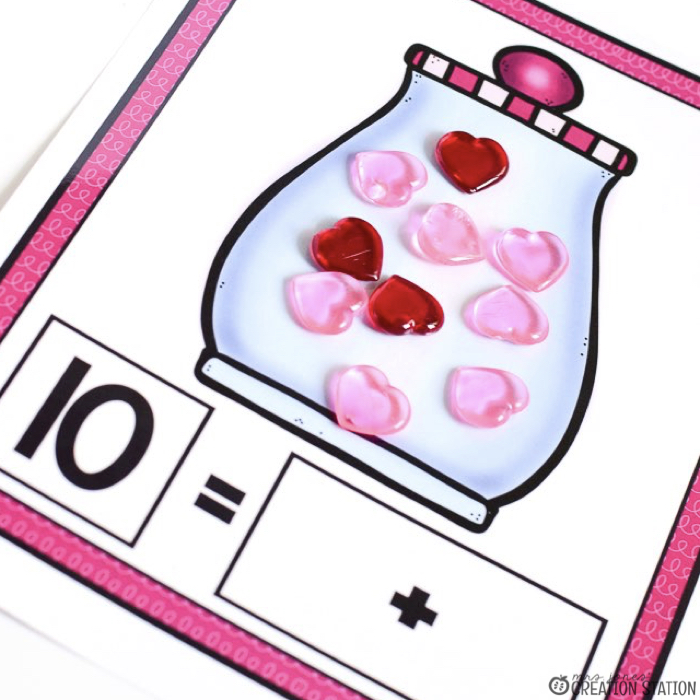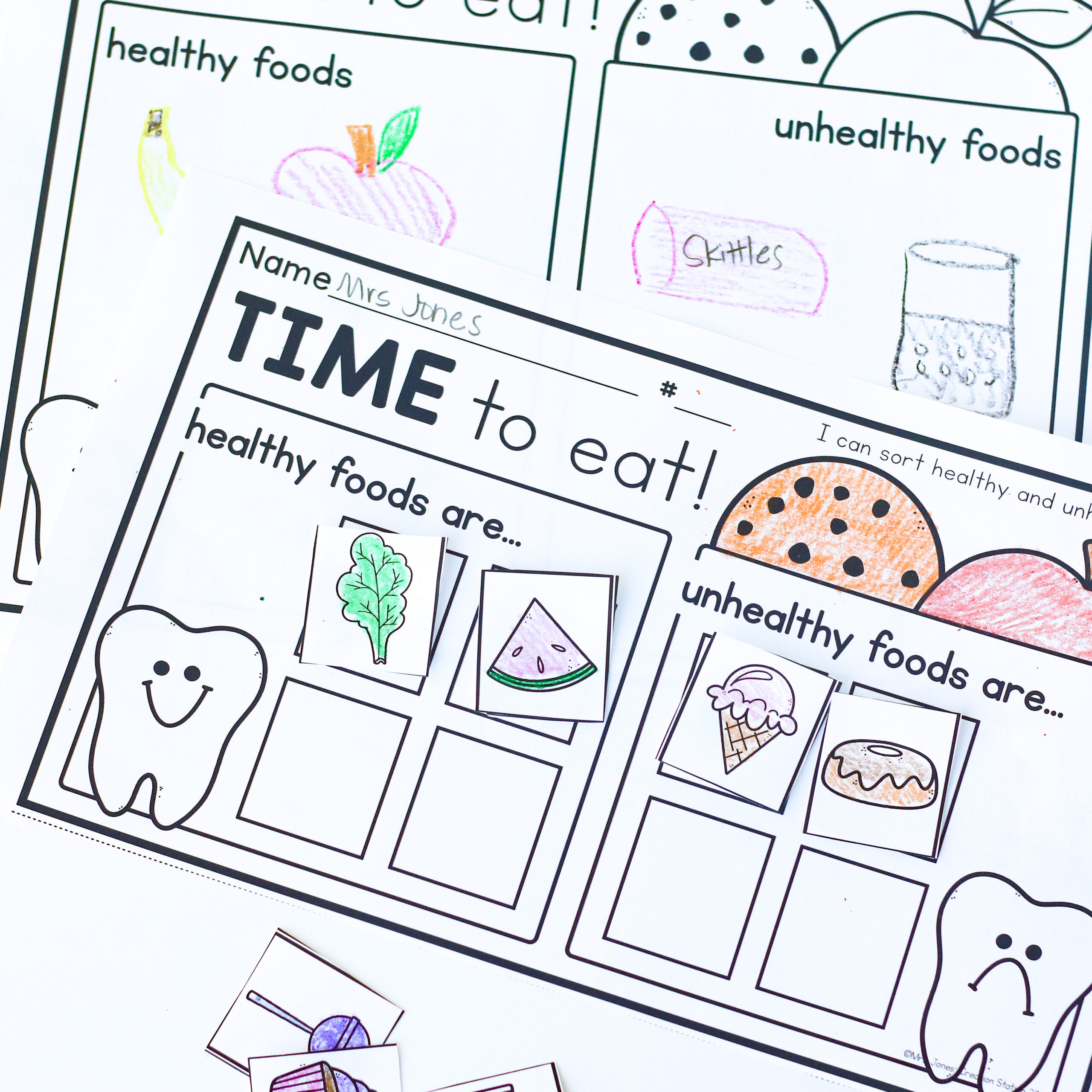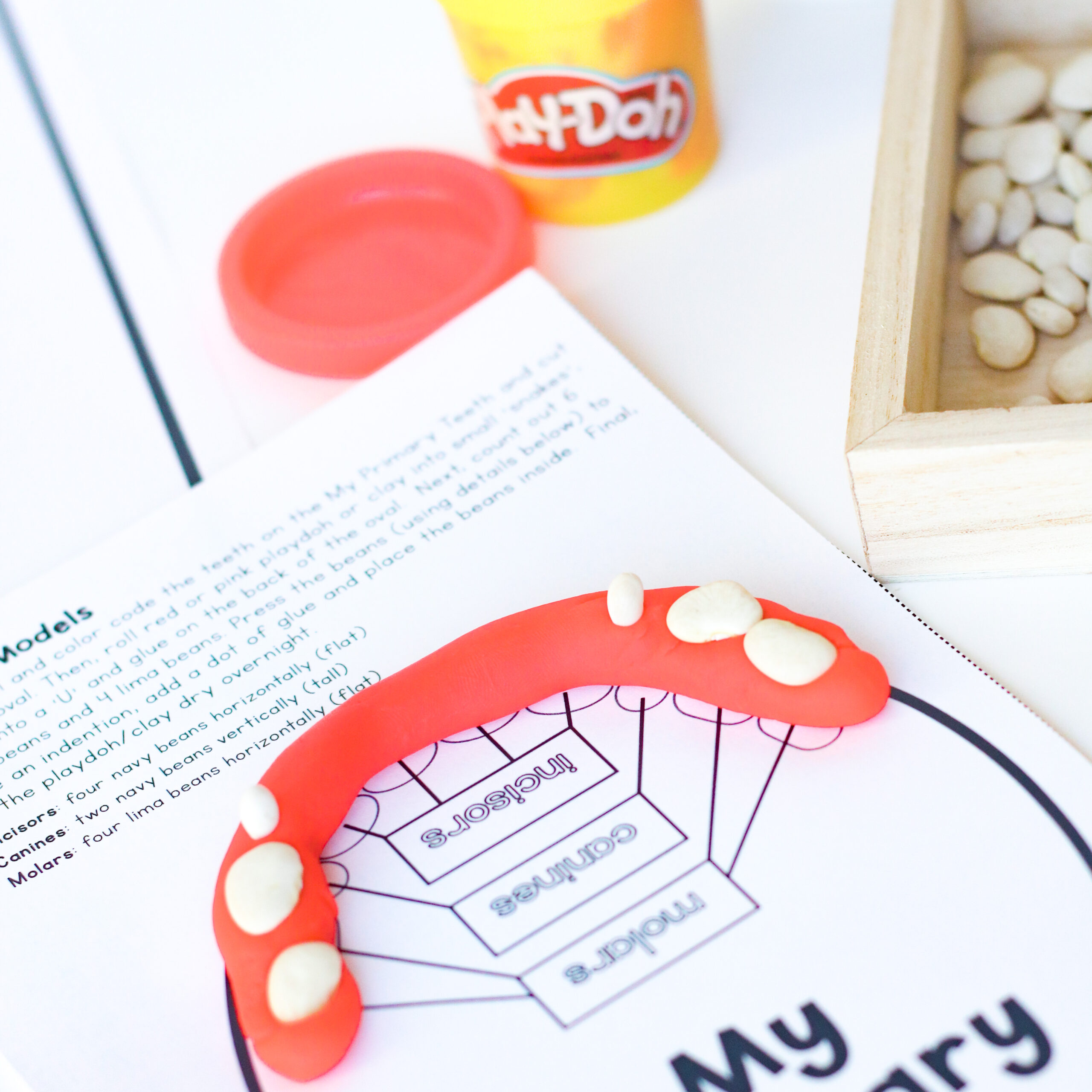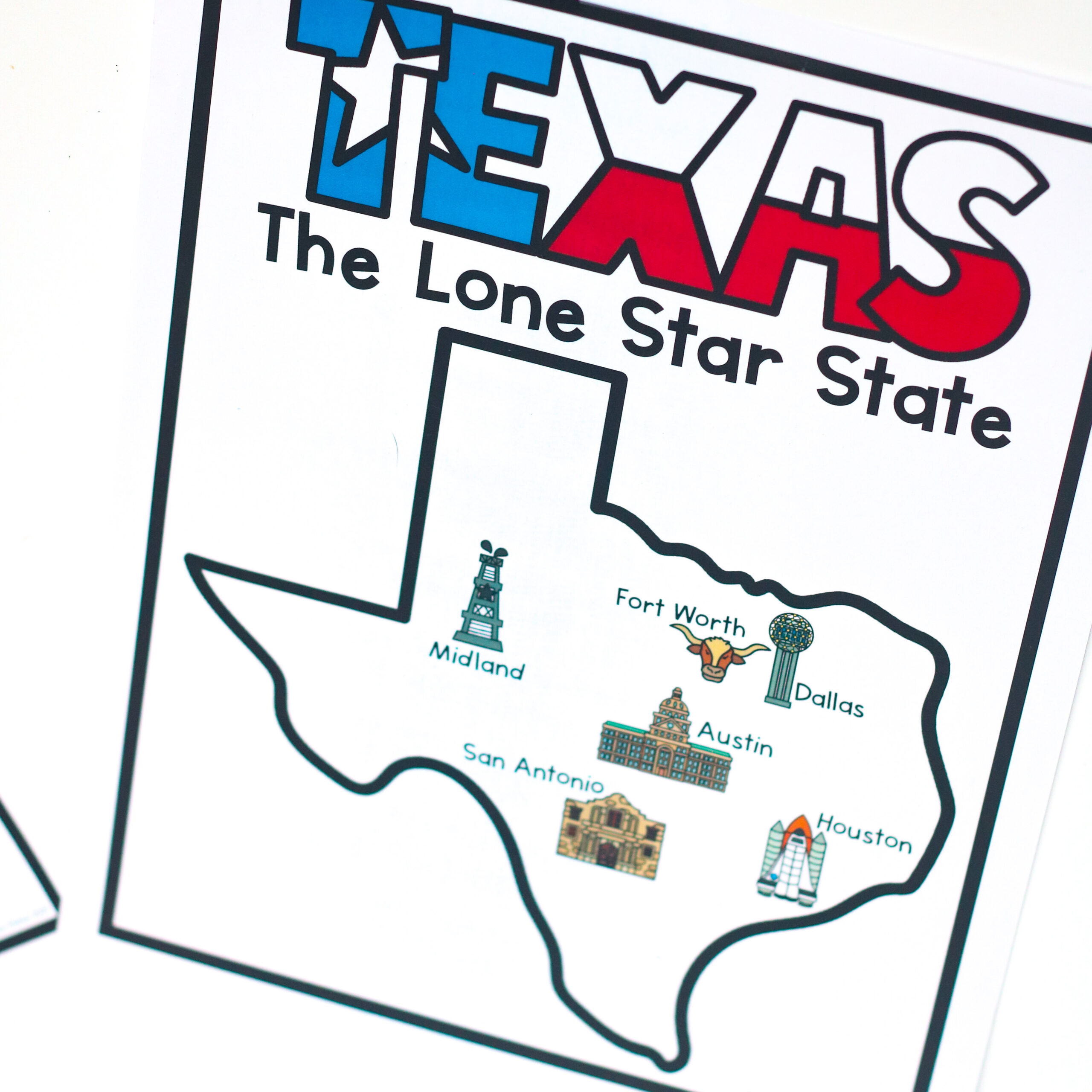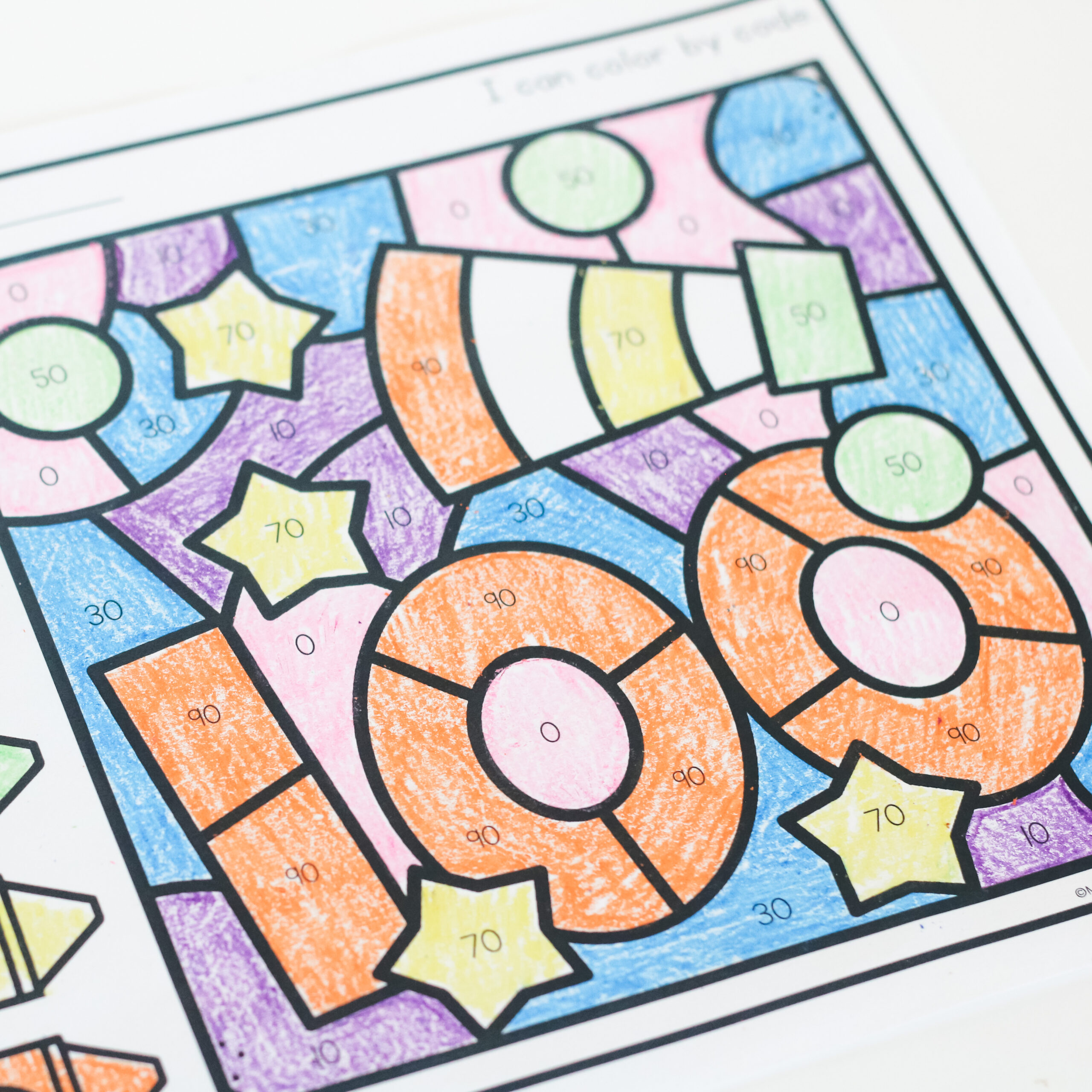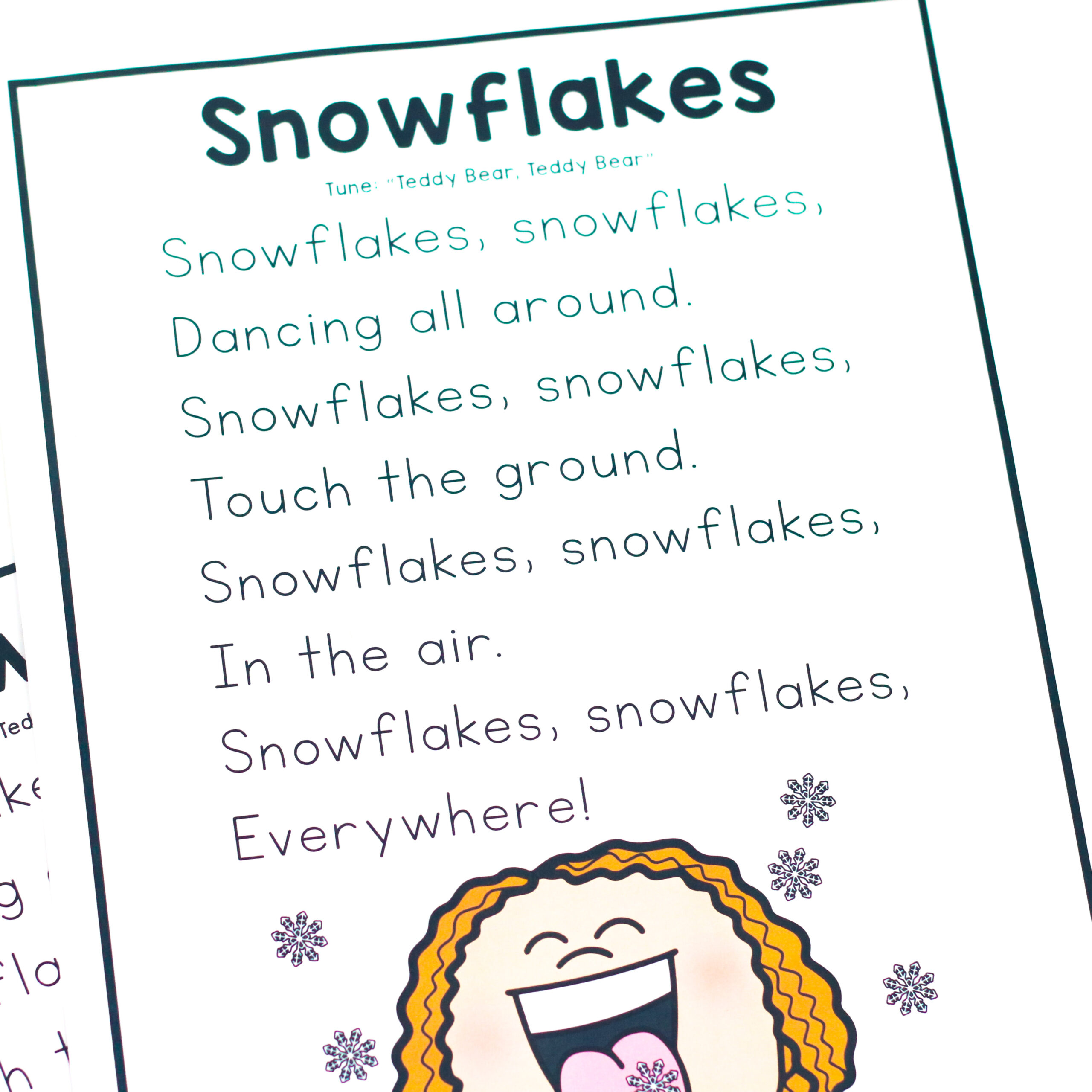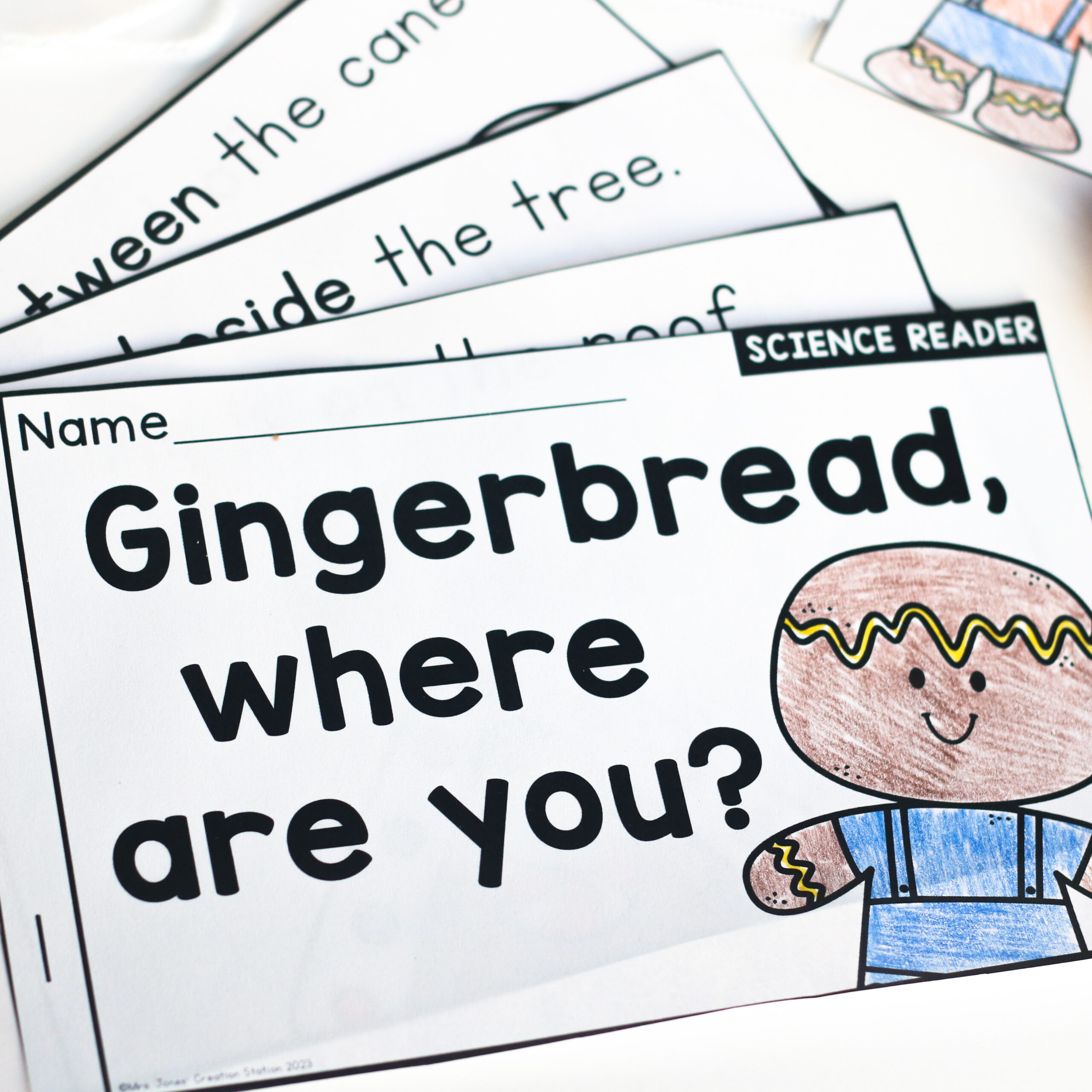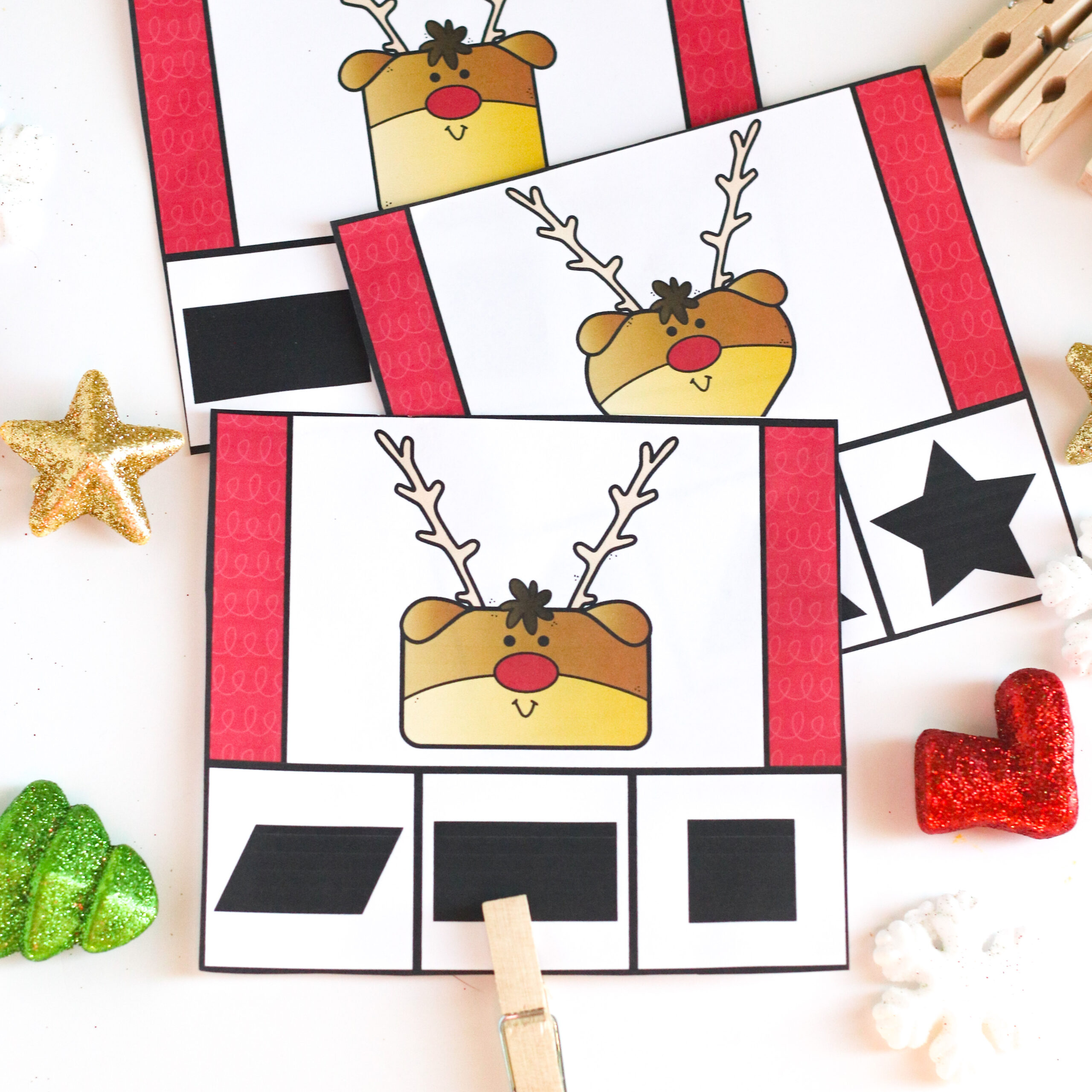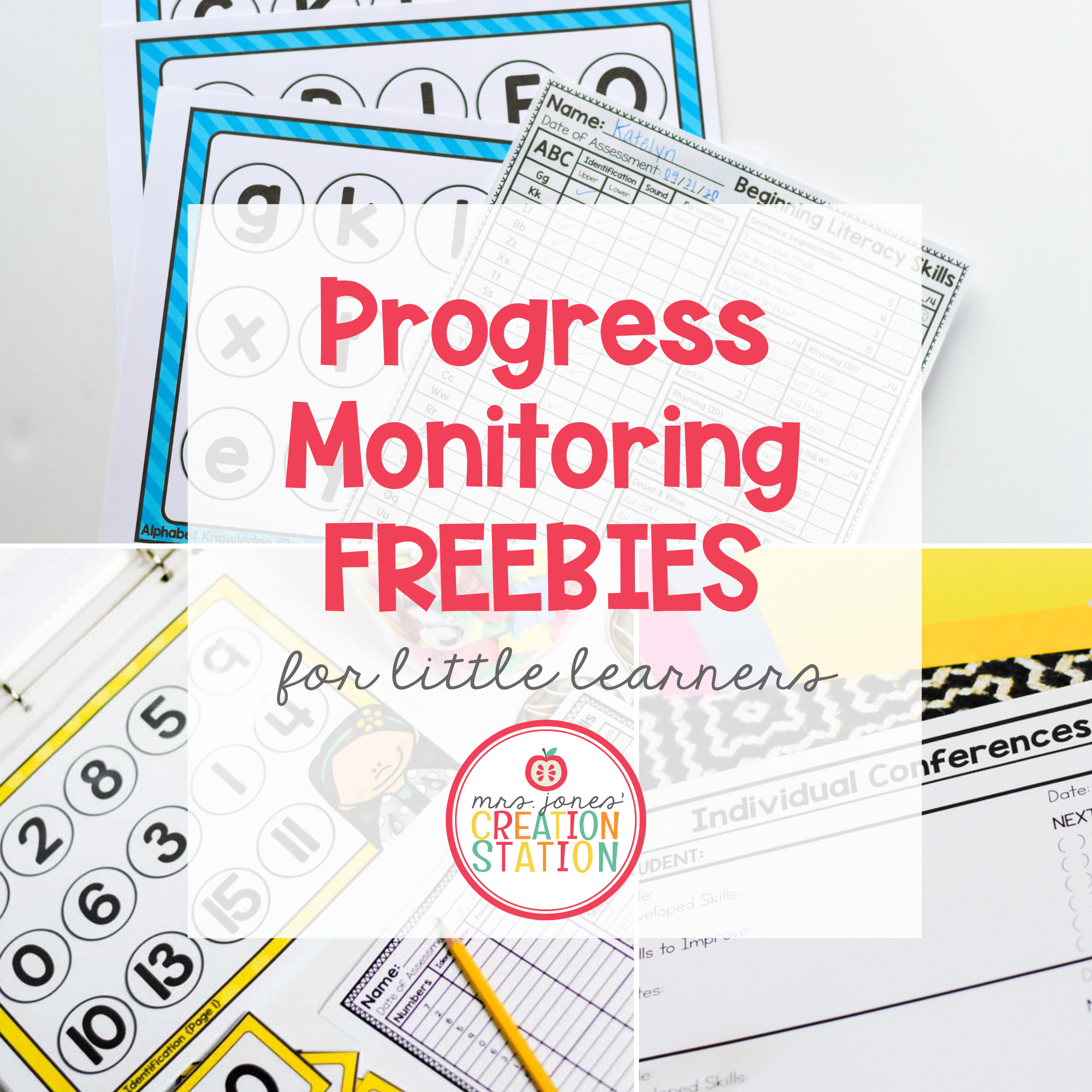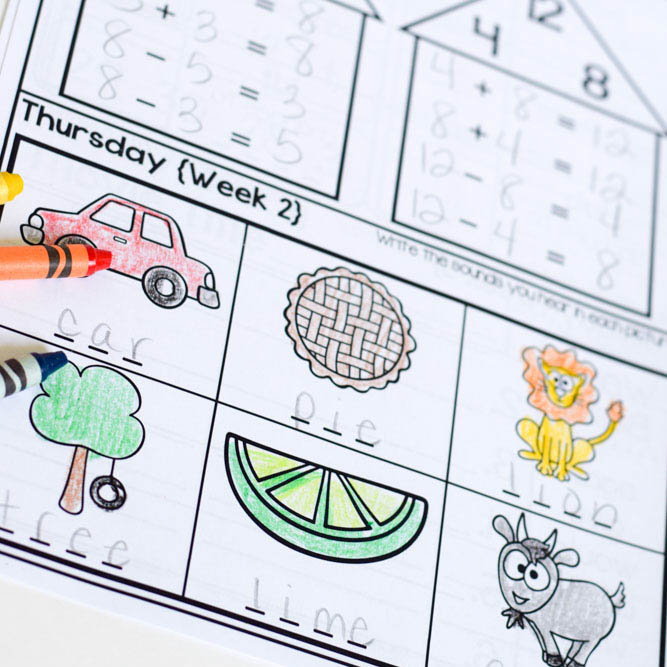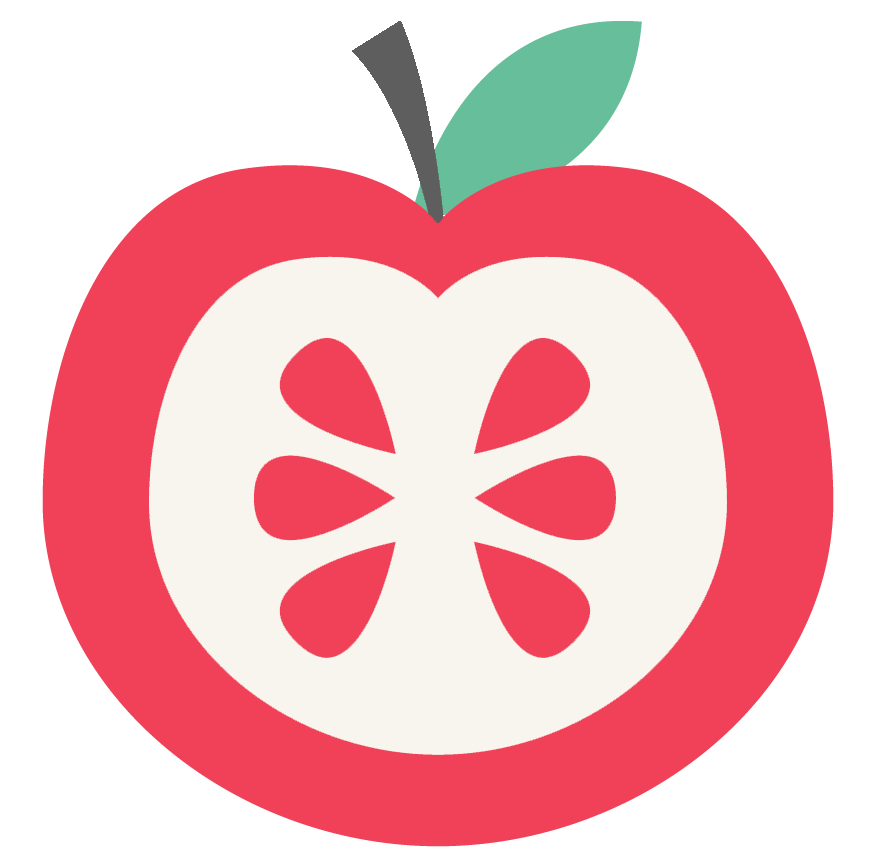Leveled readers are a great tool to help children develop their reading skills. Leveled books that are on your child’s independent or instructional level allow them to practice and succeed at many things. For example, they help with word patterns and sight words. No matter how great leveled readers are, they are not the best choice for preschool learners. Expose them to fun to read picture books instead!
While leveled readers are great for young readers to practice reading strategies, they are not ideal for many other reading skills. For example, leveled books do not cover comprehension and vocabulary. They don’t create a purpose for reading, either. These skills are taught to preschoolers through age appropriate literature, or picture books.
Children’s Literature
Quality children’s literature allow young readers to explore their world and so much more. Leveled readers tell a tale of when a “cat sat on the mat”. It doesn’t tell an engaging and thoughtful story. Picture books tell of a kitten who thought the moon was a bowl of milk like in Kevin Henkes’ Kitten’s First for Moon.
So, here are four reasons why I read children’s literature to my preschoolers instead of leveled readers…
Vocabulary
Preschoolers learn new words everyday through conversations through people they interact with. They also learn words through the books they listen to. Rather than focusing on word patterns or sight words, picture books provide the opportunity to learn new and interesting words. These are added to learners’ vocabulary, if you choose to do so.
Before reading a book together, make reading intentional. Choose one or two words to teach your young readers. These words are necessary to comprehend the message of the text. They are used in your learners’ lives or appropriate for a thematic unit being studied.
Next, determine how you teach these new words to your learners. You could ask questions about the book to determine what the word means. For example, you are reading a book about playing in the snow and the book mentions the word sledding. You can probably use the pictures of text in the book to determine what the act of sledding means.
However, if you are reading about a boy who got “frustrated” with his sister, you can go into more detail to determine what it means to be frustrated. Provide an opportunity for learners to use this word in context to develop the meaning of this new word.
By reading a variety of new picture books to children, they can learn to use new vocabulary that is not available to them in leveled readers.
Comprehension
Comprehension is the ability to understand and connect to what is being read. If a child focuses on sounding out each letter, they can’t comprehend the meaning of the story. If an alphabet reader only mentions words that begin with the letter Tt, there is more than likely not much to comprehend.
In order to develop higher level thinking skills, it is important to read literature than provide young learners with the ability to interpret what they have read. This can be done before reading a book, during the reading and after the book is read.
Before reading a book together, look at the picture on the cover and title of the book. Have your learners predict what the book may be about. You can allow them to look through the book prior to reading or discuss what the book is about in order to activate their prior knowledge on the topic.
During the reading of the book, ask questions that the children wonder about. Let them ask questions regarding concepts that do not fully understand. Allow the learners to make predictions and assist them during parts where inferences are needed. Discuss what the characters or author are thinking during a specific part of the story.
Finally, after the book is read, ask the learners their favorite part and allow them to elaborate on why they enjoyed that part of the story. Have your learners retell or summarize the main ideas of the story. Maybe allow them to draw or write about the story.
Creating opportunities for children to connect and comprehend books that are being read will create a purpose for reading.
Purpose for Reading
Whether are you a teacher in a preschool or a mom looking for bedtime stories, we all desire to read books to children for a variety of reasons. Allow your child to grab a book off the shelf to read on a whim, but you can create meaningful learning experiences by being intentional about the books you choose.
Goodnight Moon is a great story before bed. Apple Farmer Annie
is perfect when a trip to an apple orchard is planned. Stand Tall Molly Lou Melon
might help a child who isn’t feeling very confident. Garbage Trucks
will help your learner understand what happens to the trash when their favorite truck goes down the street.
Whether your learners are in need of a story to reinforce a classroom rule, want to understand how penguins can live in such cold temperatures, or have fallen in love with all things princess there should be a purpose for reading a book. By establishing that purpose, you are providing your readers with the ability to understand why we read books.
Creating a Love for Reading
Watching children struggle to read is very disheartening. We want to fuel a passion for books and reading leveled readers doesn’t create that in young learners. Sure, they are proud when they figure out that tricky word and use the picture to help them read a word, but is a true LOVE for books being created? Probably not.
When you read quality children’s literature with your learners, you are able to take them to places they have never been. They create new ideas for play, establish a love for a new topic or learn about something new. When a love for reading is created, you will find your reader bringing books to you rather than you trying to get them to sit down and read. You will hear them making up stories by reading the pictures in a book or telling their friends about a book that they read at home.
We want our learners to become lifelong readers and that will not happen if they are not exposed to literature as often as possible. You want your preschooler to be reading before kindergarten. However, what is more important at this age is to create a love for reading. So, put away these leveled readers – their time will come – and find quality picture books to read with your young readers.
Stay up to date on what is new at MJCS by subscribing below…
